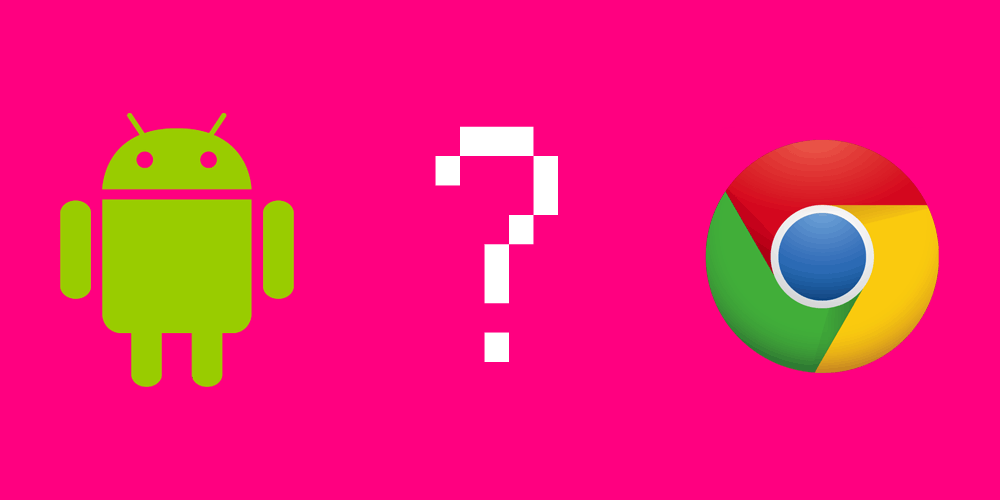
The tech giant Google is no stranger to creating a new platform, especially when it needs them. It has gone to great length with Chrome and Android, and now it's up to a new one.
The project is called Fuchsia, an open-source operating system that is designed to run on virtually anything.
And what that means, Fuchsia is able to scale all the way from the Internet of Things (IoT) to PCs and mobile devices.
The thing that makes this Fuchsia special is that it isn't like any previous operating systems developed by Google. Previously, the company's operating system has one big thing in common: they're all based on the Linux kernel. From Chrome OS, Android to Chromecasts, Linux has powered Google's hardware for years.
But for Fuchsia, it isn't using Linux kernel. Instead, Google uses Magenta.
With a kernel OS features like user modes and a capability-based security model, Fuchsia can can support both advanced graphics, 32-bit and 64-bit ARM-based CPUs, as well as 64-bit Intel-based PCs. It can also run on virtual machines.
At the moment of introduction, Fuchsia that originally surfaced from the project’s GitHub page, comes as an experiment that could be the groundwork for larger efforts. With its flexibility, it can be similar to Brillo without the needs of deep feature sets.

Linux has been the base of many things, and that include all Google's operating system. But the company has realized that the kernel isn't that ideal for every situation. For example, in the case of embedded devices like GPS units and in-car computers, Linux can impact its performance and creates other issues.
Because of this reason, Google is working on a solution on its own, design especially for embedded hardware.
Fuchsia, as Google describes it, is simply "Pink + Purple == Fuchsia (a new Operating System)". Going deeper into the system, Magenta is dominant - just like Linux is on previous Google OSs.
Magenta that is a competitor to commercial embedded OSes, such as FreeRTOS or ThreadX, powers the larger part of Fuchsia.
What makes Magenta the choice for Google is that it is designed to scale much better. This enables the Magenta-powered Fuchsia to work on virtually any hardware.
For this to work, Magenta improves its LittleKernel by adding first class user-mode support and the capability-based security model.
Google builds Fuchsia using its own Dart programming language deep in its heart. As for the user-interface, Fuchsia uses Flutter, and on top of that, there is Escher for aesthetic along with OpenGL or Vulcan. With these in mind, Google can easily design Fuchsia to support Material Design user-interface.

Fuchsia has generated a huge noise in the open-source ecosystem. But as it is still under development, the project may become a part of Google's other operating system dedicated to specific things, or just simply may not ever see the light of popularity.
But since it can run on virtually anything, the lightweight Fuchsia has many implementation possibilities.
But from what it's known, Fuchsia wouldn't be a replacement for Android and Chrome OS in of itself. The two OSs have their own brands that occupy their own market. They all live on their own inside their lives using the interface and features they're meant for.
And for whatever the use case of Fuchsia would be, Google should know better.
